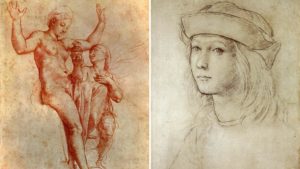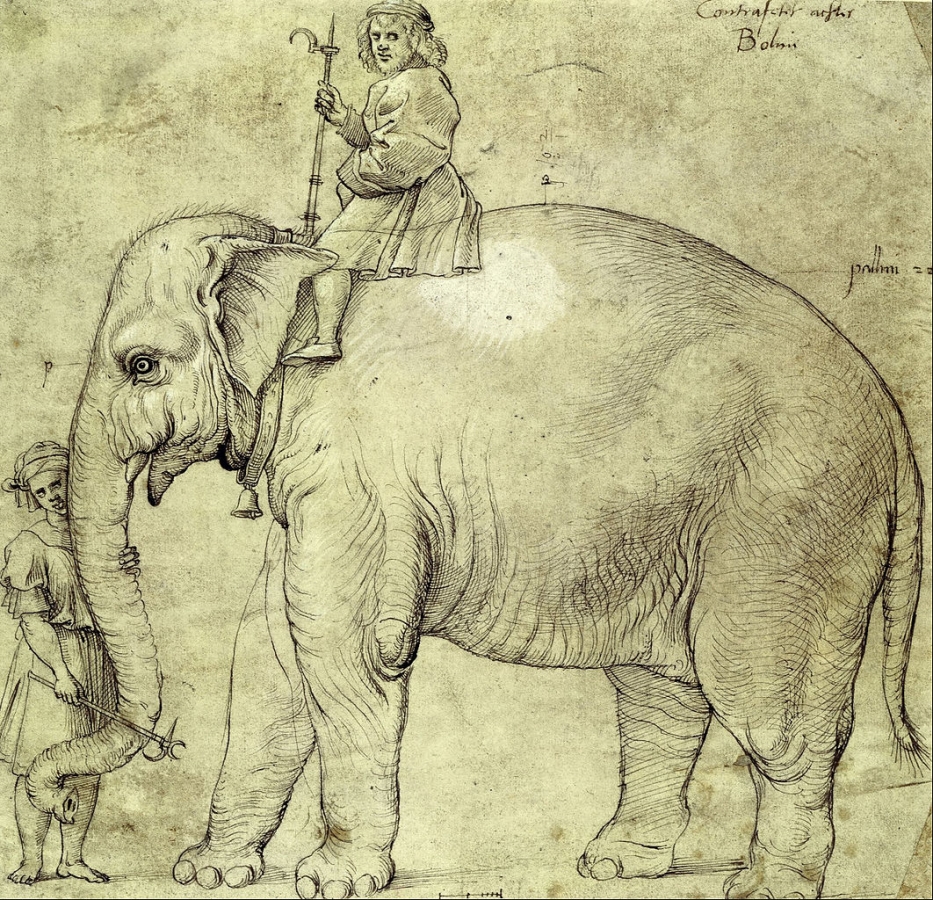Commemorating Raphael on his 500th death anniversary, India International Centre is hosting an online exhibition of his works
Master painter and architect of Italian High Renaissance, Raphael Sanzio (1483-1520) is one of the most influential artists in history. To commemorate his 500th death anniversary, an exhibition of selected drawings of the Renaissance Master can be viewed at India International Centre.
Titled ‘Moments in Time: Raphael Drawings’, the online exhibition has on display 32 paintings.
One of the finest draftsmen in the history of Western art, he used drawings extensively to plan his compositions. This can be better understood through Raphael’s standard practice. When planning a composition, he would lay out a large number of stock drawings on the floor, and begin to draw “rapidly”, borrowing figures from here and there.
The number of extant drawings is over four hundred, however, this is only a fraction of the quantity he produced. He used different drawings to refine his poses and compositions, apparently to a greater extent than most other painters, judging by the number of variants that survive.

When a final composition was achieved, scaled-up full-size cartoons were often made, which were then pricked with a pin and “pounced” with a bag of soot to leave dotted lines on the surface as a guide. He also made unusually extensive use, on both paper and plaster, of a “blind stylus”, scratching lines which would leave only an indentation, but no mark. These can be seen on the wall in The School of Athens, and in the originals of many drawings.
Raphael first used pen and ink extensively in the period after 1505, when he was open to the influence of Leonardo and Michelangelo’s approaches to drawing. Drawings in pen and ink often combined washes in ink or lead white, applied with a brush, in order to add tonal qualities.
Drawings had a crucial function in the realization of Raphael’s art. They were not only the patterns for final works but also the means of their development. They shaped the creative process at the same time as they documented it. And, considering the vast projects executed collaboratively, they were the guarantee of the identification of the final product with the master who conceived the design.
The exhibition can be viewed on the website of India International Centre till October 18





